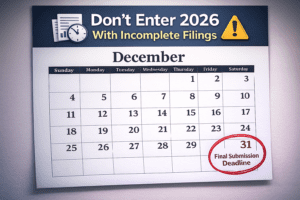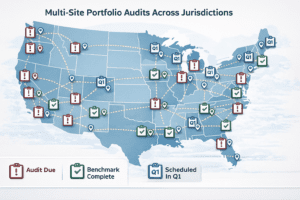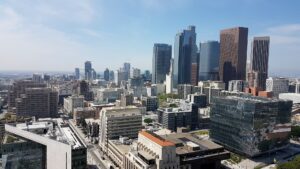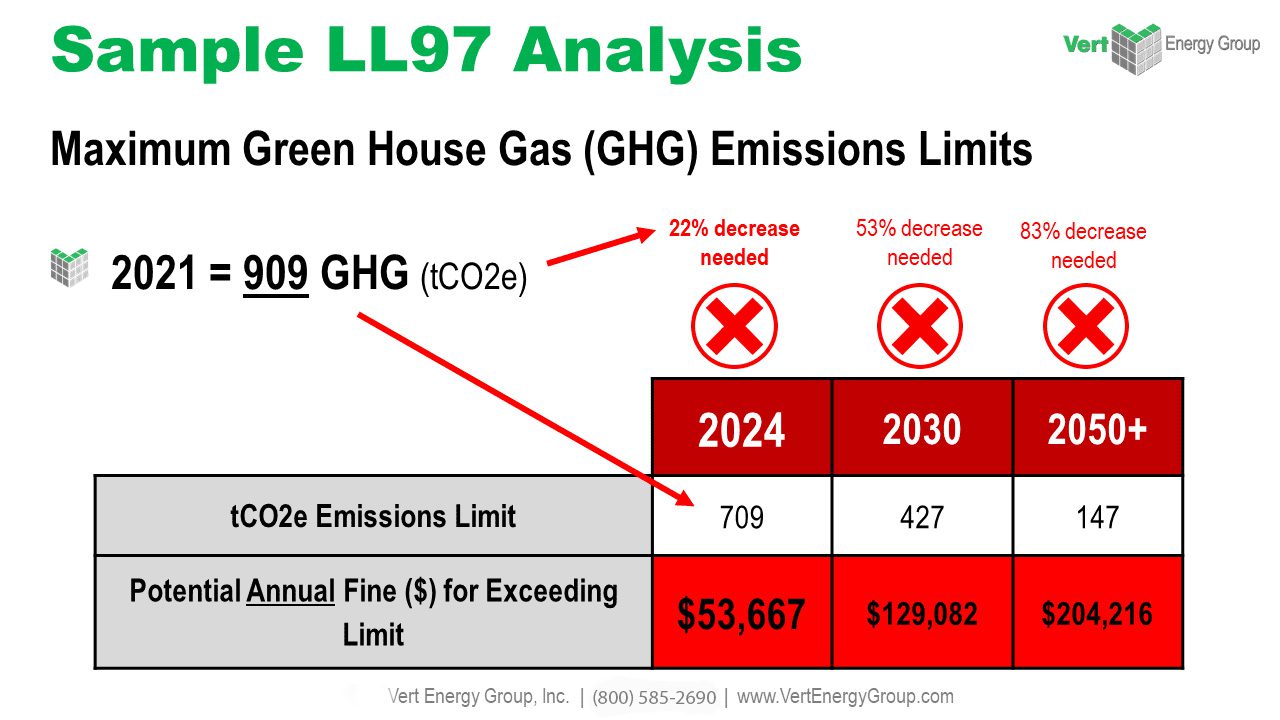Commercial building owners and property managers are faced with an important decision when it comes to staying ahead of the curve on green building regulations – should they invest in new, energy-efficient technologies today or wait until stricter regulation mandates are put into place? While there is no easy answer, staying informed on the latest trends and developments is essential for making the most informed decisions. In this blog post, we’ll explore some of the latest trends in green building regulations and provide an overview of what’s in store for the future. So, whether you’re a commercial property owner or manager looking to make your buildings more eco-friendly or just curious about what’s next in terms of green building regulation, read on!
One of the biggest drivers of change in green building regulation is the increasing focus on net-zero carbon buildings. A net-zero carbon building is one that produces as much renewable energy as it uses, effectively offsetting its carbon footprint. In recent years, there has been a growing movement towards net zero carbon buildings, with many cities and states across the United States. New York has been a leader in this push, with the state’s goal of achieving net-zero carbon emissions by 2050. California is also following close behind, with a goal of reaching net-zero emissions by 2060.
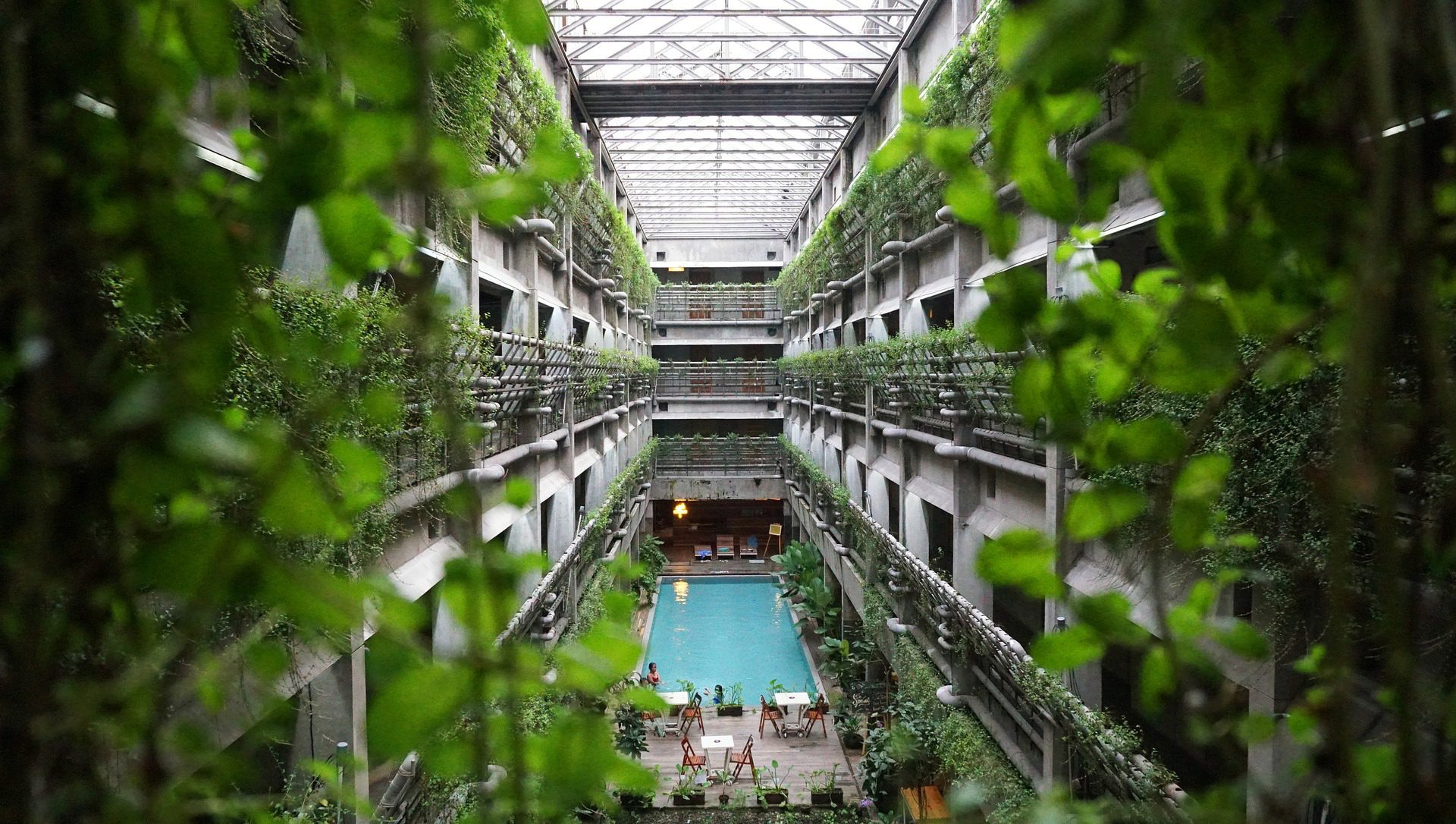
As more and more cities and states set goals for net-zero carbon buildings, we can expect to see an increase in regulations mandatory ordinances. Already, most buildings are completing annual energy benchmarks followed by energy audits (once every 5-10 years depending on regulations.) In 2020, there were over 30 energy benchmarking laws in effect across the United States. This year, that number has increased to over 50. And it’s not just net-zero carbon buildings that are subject to new regulations – many other green building rating systems, such as LEED, WELL, and Fitwel, are also coming under greater importance.
What is LEED, WELL, and Fitwel?
LEED, or Leadership in Energy and Environmental Design, is a green building certification system that provides third-party verification that a building was designed and built using strategies aimed at improving performance across all the metrics that matter most: energy savings, water efficiency, CO₂ emissions reduction, improved indoor environmental quality, and stewardship of resources.
WELL, or the WELL Building Standard is a performance-based system for measuring, certifying, and monitoring features of the built environment that impact human health and well-being through the air, water, nourishment, light, fitness, comfort, and mind.
Fitwel is a building certification system that promotes healthy lifestyles in the built environment by addressing three key areas: physical activity, healthy eating, and mental health & stress reduction.
So, what does the future hold for green building regulation? It’s hard to say for sure, but one thing is certain – the trend towards more stringent regulation is here to stay. As commercial property owners and managers, it’s important to stay up to date as newer regulations begin to become mandatory.
Here is a list of New York Local Laws:
-Local Law 97 of 2019 – Sustainable Buildings
-Local Law 84 of 2018 – Energy Benchmarking
-Local Law 33 of 2017 – Building Energy Efficiency Rating
-Local Law 87 – Energy Audits & Retro-commissioning
-Local Law 11 – Facade Inspections
-Local Law 152 – Gas Line Inspections
These laws set emissions limits for buildings and mandate energy benchmarking and auditing. New York City’s goal is to reduce greenhouse gas emissions by 80% by 2050 (compared to a 2005 baseline), and these Local Laws are a major step in the reduction of global warming.
In California, the state has adopted a new energy code, known as the CALGreen Code. The CALGreen Code is the first statewide mandatory green building code in the United States. The code requires all new construction to meet certain standards for water and energy efficiency, indoor air quality, and other sustainability measures.

So, there you have it – a brief overview of the future of green building regulations. As you can see, there is a lot to keep up with, but it’s important to stay informed so that you can be in compliance with the latest laws and regulations. Thanks for reading!
Do you have any questions about green building regulation? Contact us today!
